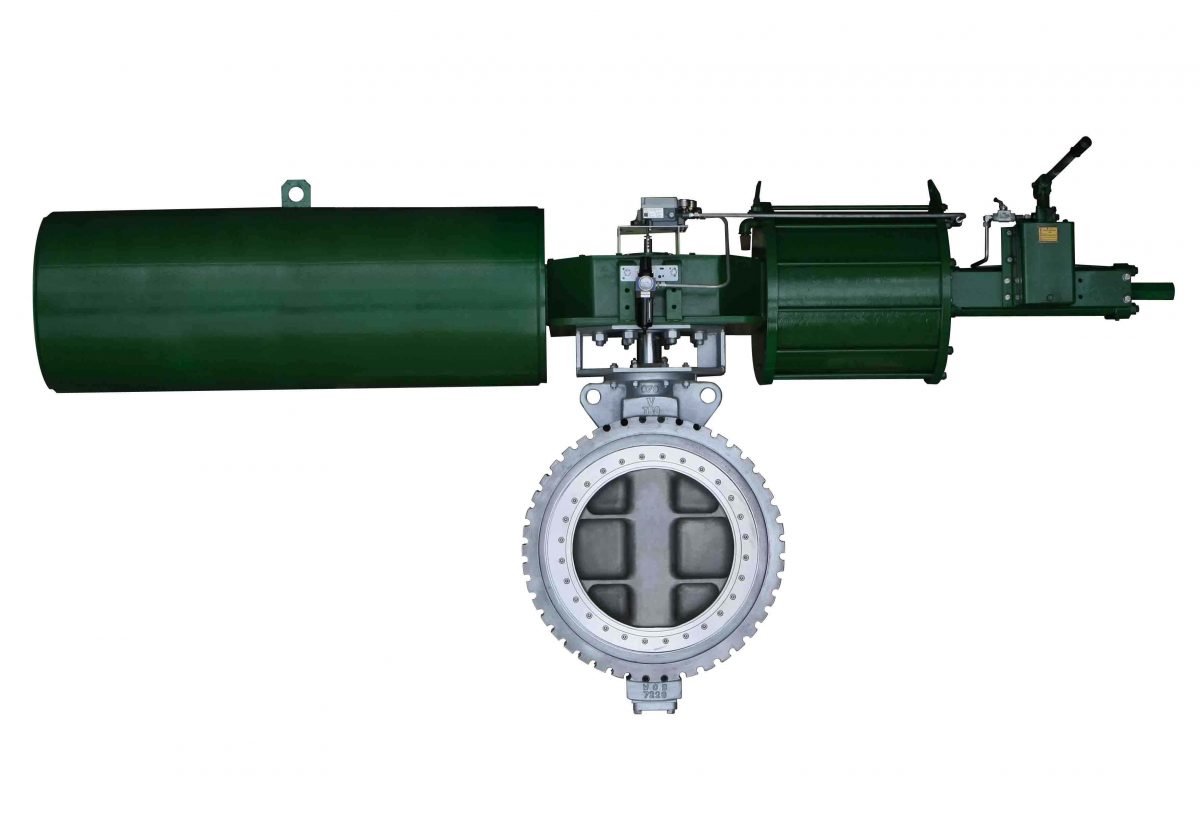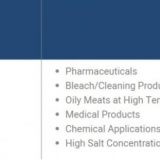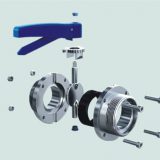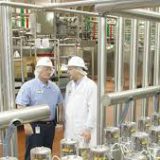Corrosion has always been one of the most headache hazards of chemical equipment. A little carelessness can damage the equipment, and even cause accidents and disasters. According to relevant statistics, about 60% of the damage of chemical equipment is caused by corrosion, so in the selection of chemical valves, the first thing to pay attention to is the scientific selection of materials. Usually there is a misunderstanding that stainless steel is “omnipotent material”, no matter what medium and environmental conditions are holding out stainless steel valves, which is very dangerous.
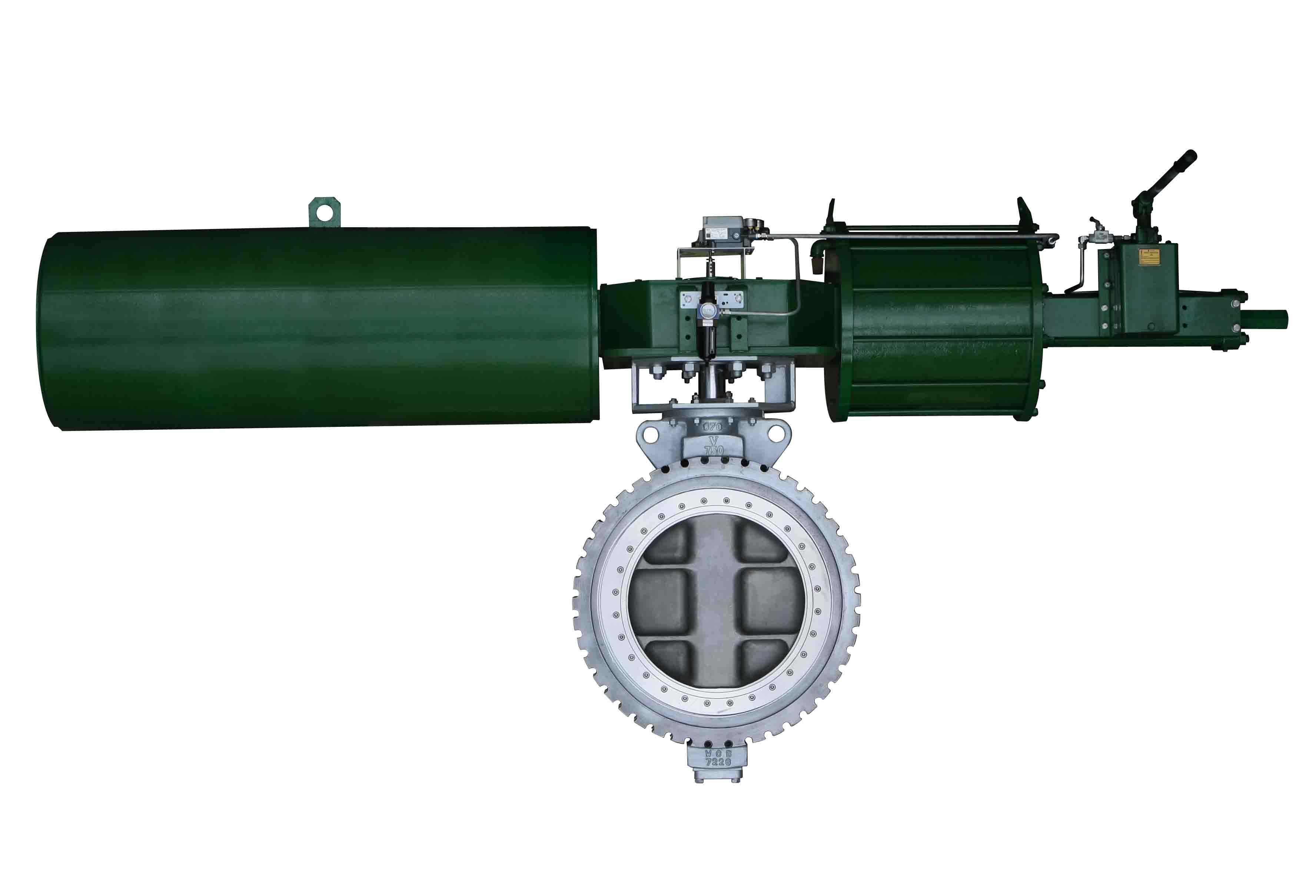
Some common chemical media of material selection:
Sulphuric acid
As one of the strong corrosive media, sulfuric acid is an important industrial raw material with wide application. The corrosion of sulfuric acid at different concentration and temperature is quite different. Carbon steel and cast iron have better corrosion resistance for concentrated sulfuric acid with concentration above 80% and temperature below 80 C, but they are not suitable for high-speed flowing sulfuric acid and pump valve materials; common stainless steel such as 304 (0Cr18Ni9) and 316 (0Cr18Ni12Mo2Ti) are suitable for sanitary pump and valve materials. Sulfuric acid media are also of limited use. Therefore, pumping valves conveying sulphuric acid are usually made of high silicon cast iron (difficult to cast and process) and high alloy stainless steel (alloy 20). Fluoroplastics have good sulfuric acid resistance. It is a more economical choice to use fluorine-lined valves.
Hydrochloric acid
Most metal materials are not resistant to hydrochloric acid corrosion (including various stainless steel materials), and ferrosilicon containing molybdenum can only be used for hydrochloric acid below 50 C and 30%. Contrary to metal materials, most non-metallic materials have good corrosion resistance to hydrochloric acid, so rubber-lined valves and plastic valves (such as polypropylene, fluoroplastics, etc.) are the best choice for transporting hydrochloric acid.
Nitric acid
Generally, most metals are rapidly corroded in nitric acid. Stainless steel is the most widely used nitric acid resistant material. It has good corrosion resistance to nitric acid of all concentrations at room temperature. It is worth mentioning that the corrosion resistance of molybdenum-containing stainless steel (such as 316, 316L) to nitric acid is not only better than that of ordinary stainless steel (such as 304, 321), but sometimes even better. For high temperature nitric acid, titanium and titanium alloys are usually used.
Acetic acid
It is one of the most corrosive substances in organic acids. Ordinary steel will be seriously corroded in acetic acid at all concentrations and temperatures. Stainless steel is an excellent acetic acid resistant material. 316 stainless steel containing molybdenum can also be applied to high temperature and dilute acetic acid vapor. High alloy stainless steel valves or fluoroplastics valves can be selected for high temperature and high concentration acetic acid or other corrosive media.
For more information, please visit http://www.adamantvalves.com/
